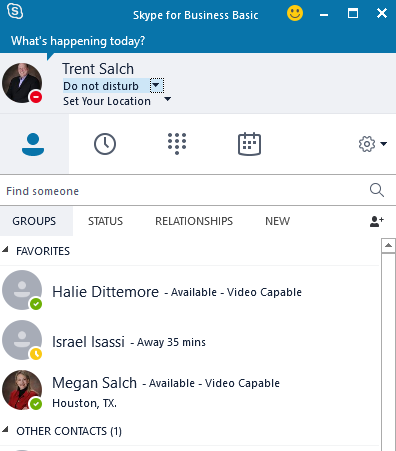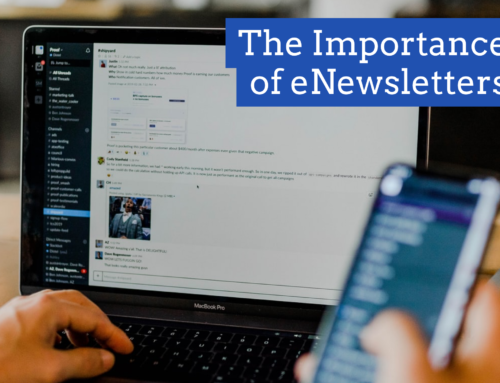It’s a common misconception among small and medium-size business owners that only companies that employ several hundred people need strategies or rules for internal communications. After all, if you can walk out of an office and say, “May I have your attention please,” and reach the entire company, do you really need an internal communications strategy?
Well, there is a whole new generation and type of worker entering the workforce. If you don’t have a formalized communication strategy, you’d better be prepared to not only open your door, you had better take your door off the hinges.
This younger workforce desires instant resolutions, forcing business leaders to spend their day answering questions instead of working on their business. As much as owners empower employees to make decisions, employees will still want to ask questions, get approvals and share results. So how and when those questions are put in front of owners and supervisors becomes an important business practice.
I advise all our clients to spend some time working on how they want to manage internal communications. This writing is going to focus on the tools we use for internal communications and some rules that apply to each.
 Tell Your Tale Marketing & Design uses Skype for Business™, phones, email, face to face discussions, a collection of whiteboards and the cloud for internal communications. We set parameters around when and how to use each of those methods. For instance, if my Skype status says “busy” and you Skype me, I reserve the right to throw a water balloon at you at the next company picnic.
Tell Your Tale Marketing & Design uses Skype for Business™, phones, email, face to face discussions, a collection of whiteboards and the cloud for internal communications. We set parameters around when and how to use each of those methods. For instance, if my Skype status says “busy” and you Skype me, I reserve the right to throw a water balloon at you at the next company picnic.
Skype allows us a quick way to reach each other that’s a little less obtrusive than a phone call and certainly less intrusive than a knock on the door. You can easily add people to a conversation, make it face-to-face via webcams and easily deliver presentations. But, what happens when that person you need to reach is out of office (OOO), busy or set to do not disturb? That’s when it’s time for email.
Our team commits to responding to emails by the next business day. If we need a response within 20 minutes, we don’t send an email. We revert to the phone or go and see each other face-to-face. Email is not for emergencies, which we classify as anything that goes rotten if it is not addressed that day. Examples include inquiries from reporters and printers on deadline for our clients. We also use the calendar feature of our email to keep our schedules updated. This is critical so we know who’s going to attend events, which clients are coming into the office and when we are open for huddles.
We encourage our team to use the phone in time-sensitive situations and when they find themselves typing an email with one question that leads them to ask several questions. In those cases, we usually need to get together face-to-face, but sometimes a quick call can get everyone on the same page and past whatever was holding up a project. At this point, the email with the list of questions can easily be copied and pasted into a call or meeting invitation so that all participants can review the questions to be asked and come to the call or meeting prepared, knowing what all will be covered.
That leads us to the whiteboards and the cloud. We have one whiteboard in the breakroom that tracks team members’ water intake, and hopefully soon will also track when we get up from our desks and just walk around the office for a minute. This is part of our encouragement to pay attention to our health.
 Healthy team members feel better and are better equipped to help clients. We also have the “white whale.” It’s a 4’ x 8’ board that we use for meetings and as a physical location for all team members to contribute to projects. Right now, our 2017 goals are on the board. When we need a clean slate, someone takes a picture of the white whale and posts it to team folders out on the cloud. That way, we can review it later, if needed.
Healthy team members feel better and are better equipped to help clients. We also have the “white whale.” It’s a 4’ x 8’ board that we use for meetings and as a physical location for all team members to contribute to projects. Right now, our 2017 goals are on the board. When we need a clean slate, someone takes a picture of the white whale and posts it to team folders out on the cloud. That way, we can review it later, if needed.
Establishing how your team will use your tools is key to effective communication. Ensure that every new hire gets some training on the communication tools that you use and understands the rules and strategies for each. That will keep things running smoothly and less water balloon pitching at the company picnic.










